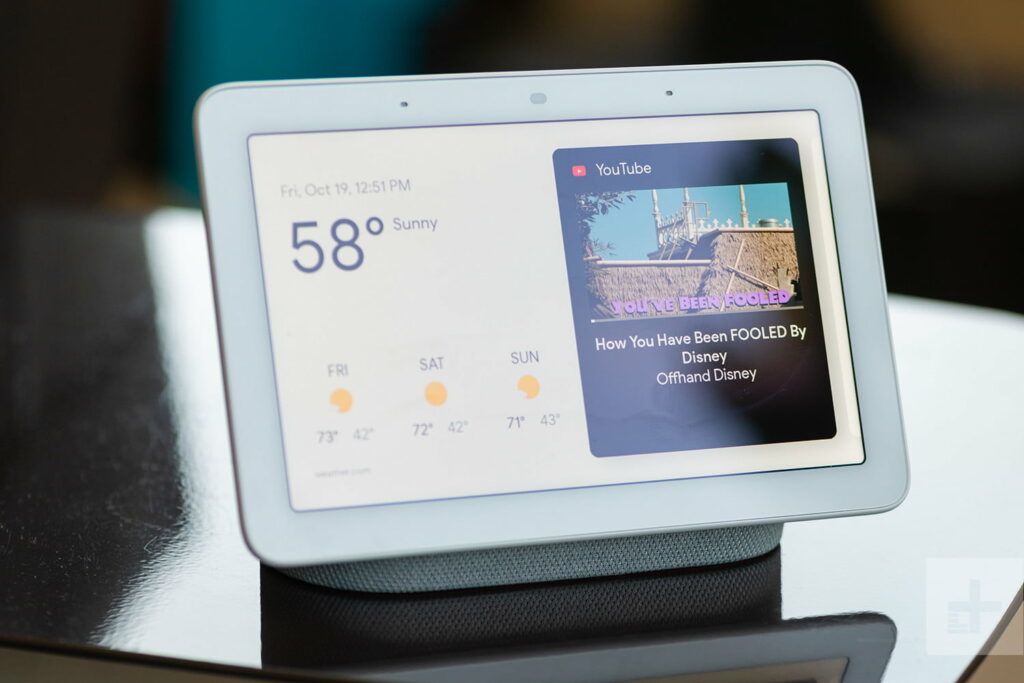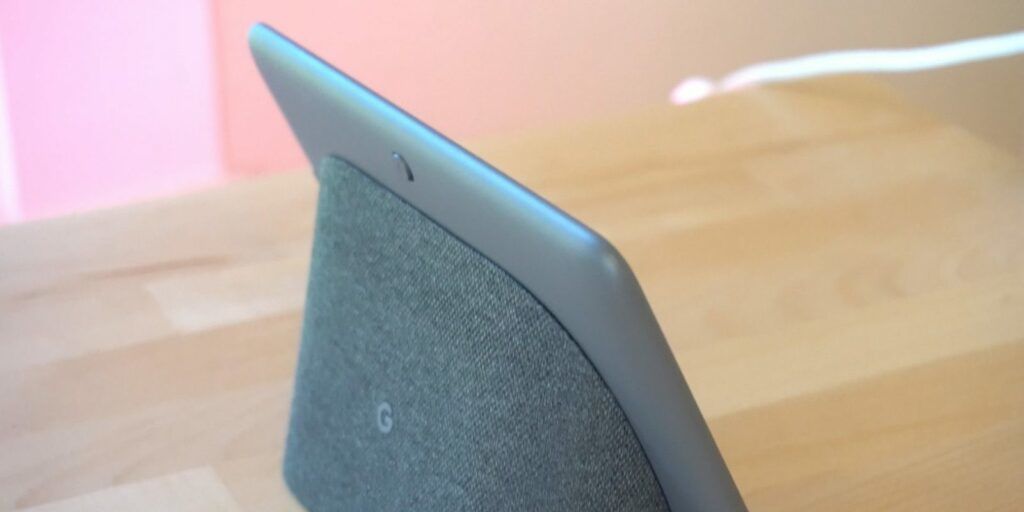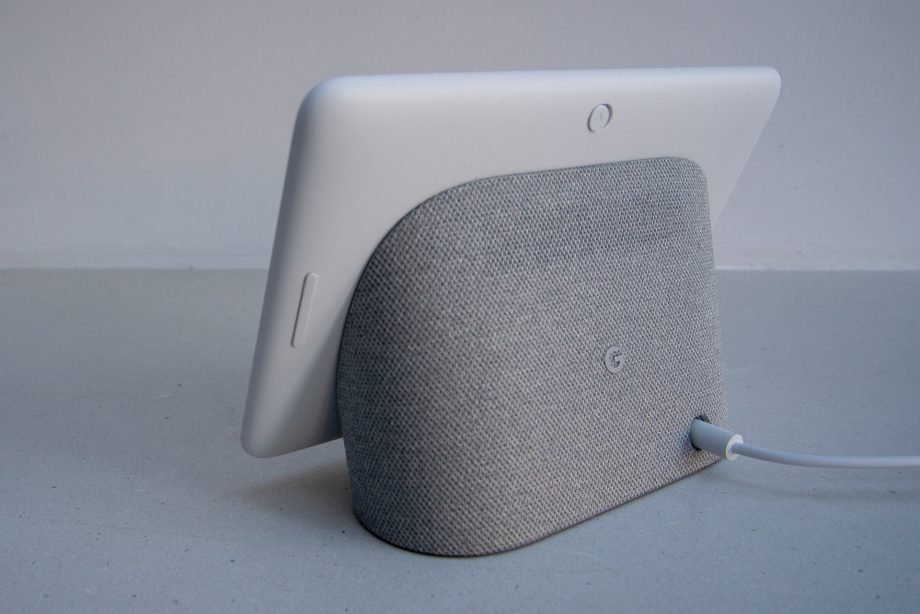Kill Switches That Cut Power to Cameras and Microphones Could Be the Next Big Leap in Cybersecurity
With all of the handy, time-saving smart home innovations being introduced into our lives comes a host of security concerns. Convenient as they may be, electronic devices equipped with Wi-Fi, speakers, and cameras have the potential to be used for nefarious purposes without our knowledge.

Researchers and security experts have discovered that hackers can gain access to these gadgets using undetectable audio commands, eavesdropping software, or by targeting devices connected to a larger network. Sometimes, smart home technology can even betray our privacy accidentally, like the recent case in which an Amazon Echo sent 1,700 Alexa recordings to the wrong user following a data request.
Consumers can choose to keep these devices unplugged when they’re not in use, but that kind of defeats the purpose of their convenience. In many cases, we have little choice but to either forgo them altogether, attempt DIY fixes like covering camera lenses with tape, or place our trust (perhaps misguidedly) in the manufacturers. Ultimately, the power rests with Amazon, Google, and other tech giants to ease our worries and protect us from vulnerability. So what if they all just built easy-to-use kill switches for cameras and speakers right into their products?

Google is drawing renewed attention to this feature with the Nest Hub Max, a new smart display featuring a 10-inch screen, camera, and speaker, with a privacy feature that allows you to physically disconnect both the camera and microphone whenever you like. Located on the back of the device, the hardware kill switch disables the product’s sensors with a single touch. No need to sort through electronic menus to find an obscure setting: it’s right there at your fingertips.
According to Fast Company, the Nest Hub Max — part of the Nest suite of home security devices — isn’t the first product to feature a hardware kill switch. HP debuted a new hardware kill switch for the webcam of its Specre laptop in 2018. That same year, Apple announced that the newest MacBook Air and MacBook Pro models would physically disable their microphones when closed. This information should be particularly interesting to those Apple customers who haven’t yet realized that the microphones on all the company’s other devices remain on as long as they are on themselves.

Other Nest products, like the security cameras, won’t feature hardware kill switches simply because the inclusion would impede their functionality, making it too easy for would-be burglars to disable them. Users of these products will still have to use the app to disable certain cameras when desired. And when it comes to smart hub products like Amazon’s Echo, Google’s Home Max, and Samsung’s SmartThings Hub, it’s important to remember that their ability to listen for commands is a big part of their draw — which means their microphones will probably be staying on for the foreseeable future.
Consumers are slowly becoming more aware of the risks that come with smart products, but it remains to be seen how these risks will affect the adoption of such technology on a larger scale, or whether manufacturers will take additional protective measures later down the road.




